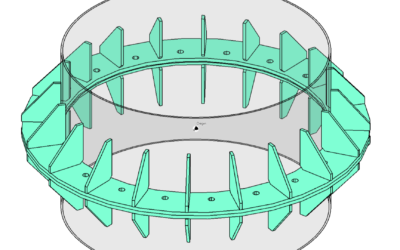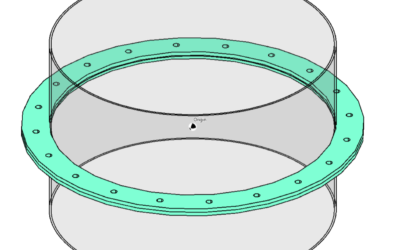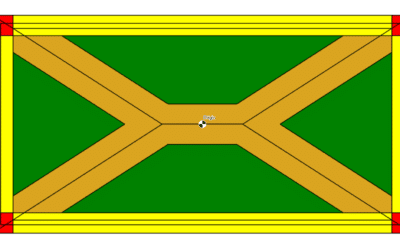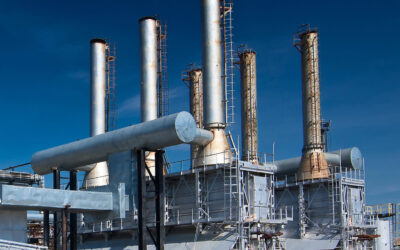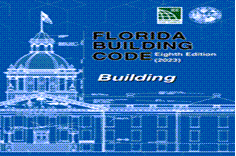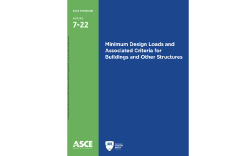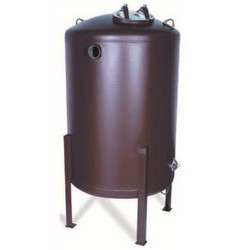Overview This article outlines the design methodology used to analyze structural plate flange with Gusset. There is another article that addressed the structural flange design without gussets, and this is a continuation of that article. In this article we pick up...
Articles
Structural Flange Design
Overview This article outlines the design methodology used to analyze structural plate flanges. When a steel stack is fabricated in sections to facilitate transportation, these sections are often joined using bolted flanges to minimize field welding. While there are...
Guy Wire Pretension and Thermal Expansion
Optimizing Guy Wire Pretension for Stack Stability and Thermal Expansion Guy wires play a critical role in stabilizing tall, slender structures like industrial stacks by resisting lateral forces such as wind and seismic loads. However, factors such as guy wire...
Custom Roof
The Custom Roof option in MecaWind Ultimate will not solve all of your custom building problems, but it will handle some specific challenges that designers may face. The Custom Roof option is available for gabled, monoslope, and flat roofs in the Ultimate version of...
Components & Cladding Zone Graphics
The image above is NOT the Jamaican flag; it is actually a graphical representation of the Components and Cladding (C&C) zones for a hipped roof. ASCE 7 has figures that define the C&C and the zones that are applicable for various roof types. The relative...
Stack Supported on Structure
There are many real-world examples of steel stacks or chimneys supported on top of another structure. This could be a space frame, building or another piece of equipment such as a heater. The supporting structure can introduce flexibility to the system, and this...
2023 Florida Building Code 8th Edition
The Florida Building Code (FBC) has released the 2023 8th Edition, and the most significant change is that it now references ASCE 7-22 rather than ASCE 7-16. We have already summarized the major changes made in ASCE 7-22 in this article link. There were some minor...
ASCE 7-22 Wind Load Changes
There are several changes included in the ASCE 7-22 'Minimum Design Loads and Associated Criteria for Buildings and Other Structures' related to wind load calculations. This article will attempt to summarize the major changes to the wind load calculations.Chapter 26:...
Wind Loads on Tanks
In the ASCE 7-16 publication, new sections were added to address wind loads on tanks, bins, and silos. All three of these structures (tanks, bins, and silos) are handled exactly the same, since all of these structures are basically the same structure but with...

